The best-dressed stars at the Met Gala paid attention to the theme
This year’s Met Gala examines, and celebrates Black dandyism – and comes at a potent time.
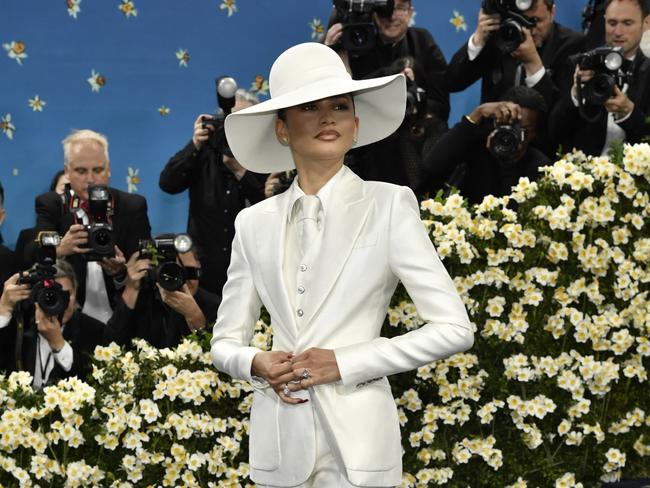
In a piece for American Vogue ahead of this year’s Met Gala playwright – and man of true style – Jeremy O. Harris wrote of the impact of getting dressed up in his life, “to be a Black dandy is to dress as though you know you’re loved and therefore have no use for shame. Shame is the enemy of all exuberance. Shame comes from fear, and fear is the enemy of style.”
This year’s Met Gala is a celebration of the cost and reward of exuberance, and the shaking off of shame (and where it goes).
Harris, by the way, was utterly resplendent on the night in a Balmain look inspired by 19th-century silhouettes and a one-of-a-kind ring by jeweller Benjamin Hawkins that featured an enamelled portrait of Harris in period attire and engraving under the enamel that referenced American abolitionist Frederick Douglass’s cane.
The event – which at its heart an annual fundraiser for the costume centre of the Met Museum – has become not only fashion’s biggest moment but a cultural juggernaut. It’s a lens to look at the confluence of pop culture and commerce, politics and celebrity, aspiration and aesthetics and this year’s theme is particularly thorny – and timely.
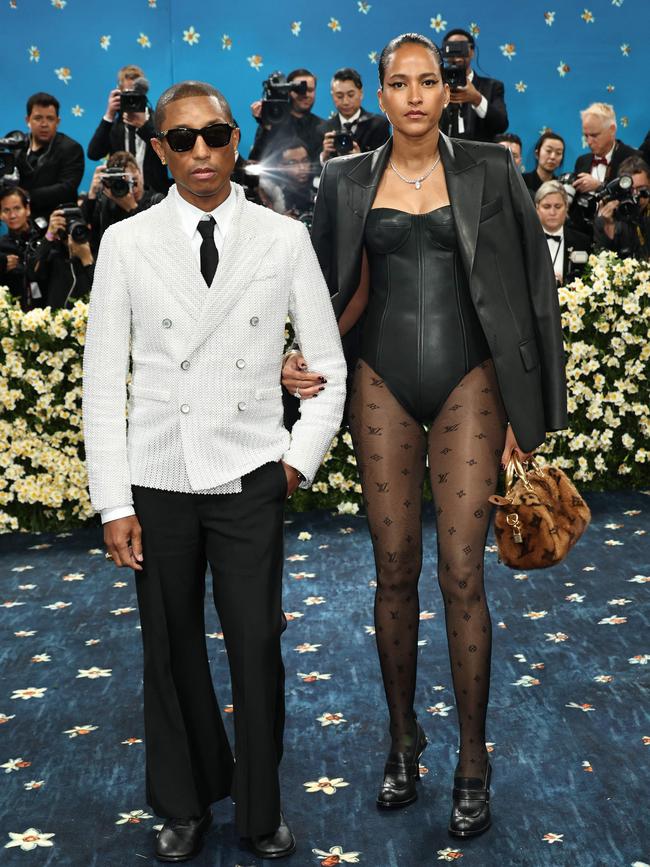
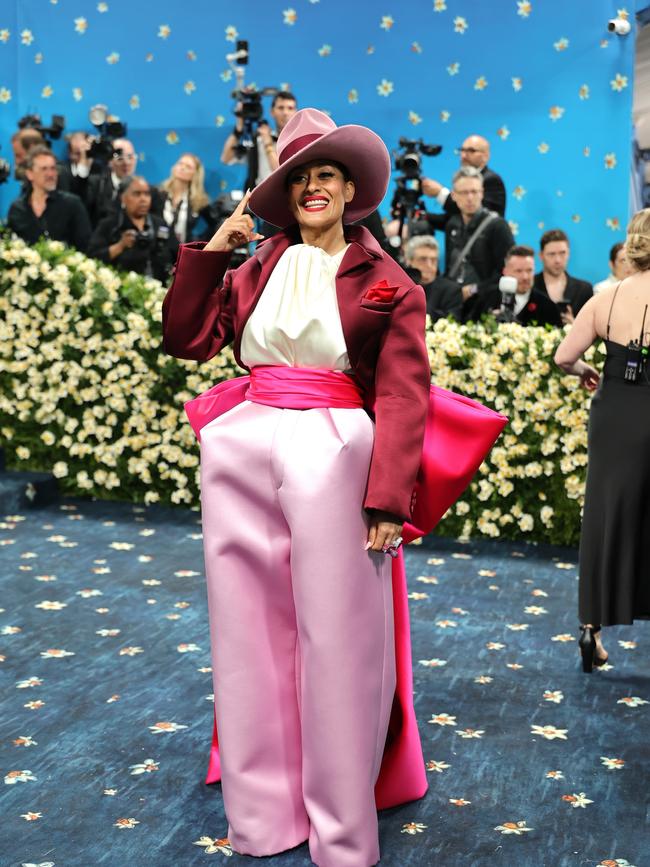
The dress code was “tailored for you”, in keeping with the exhibition theme, Superfine: Tailoring Black Style. Guest curated by Monica L. Miller, whose 2009 book Slaves to Fashion: Black Dandyism and the Styling of Black Diasporic Identity formed the show’s inspiration, it is the first Costume Institute exhibition to focus on menswear in 20 years and the first to place black style at its centre. .
The importance of fashion is at the centre of Miller’s work too. As she said in a press conference earlier this year, “Dandyism can seem frivolous, but it often poses a challenge to or a transcendence of social and cultural hierarchies.” In other words, what you wear – how you choose to present yourself – matters.
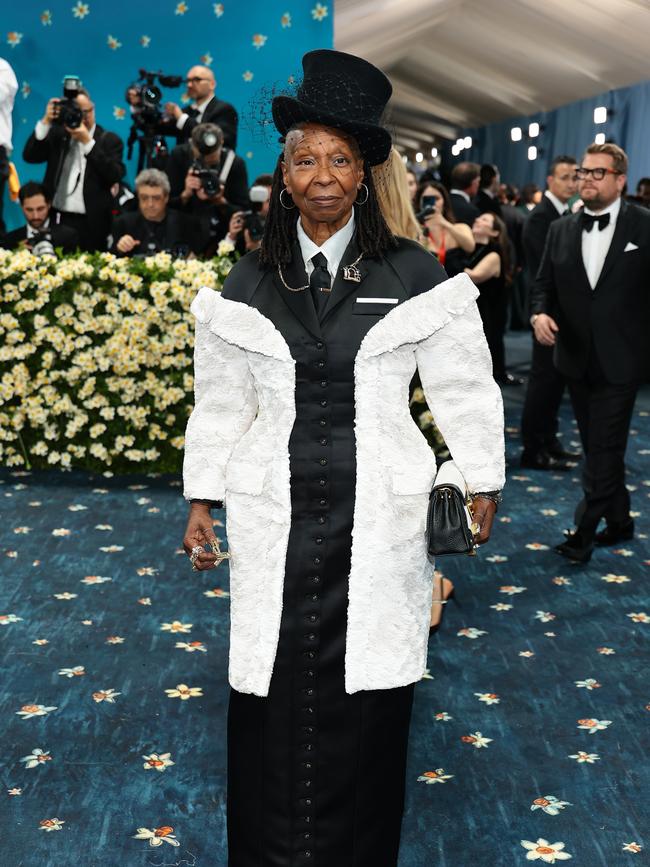
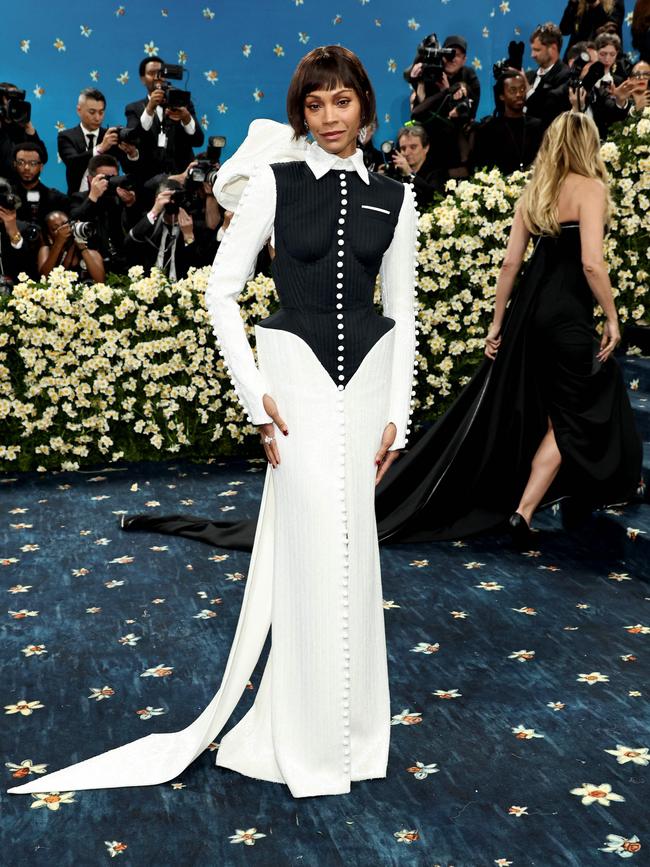
Conde Nast chief content officer and long-time gala overseer Anna Wintour – who this year was joined on the event’s committee by co-chairs actor-playwright Colman Domingo, Formula One racer Lewis Hamilton and singer and designer Pharrell Williams – said in a red carpet interview that this year’s Met Gala was “a moment in political history (when) it’s incredibly important to stand next to the black community”.
The exhibition itself explores black dandyism and self-expression, including how black men took on ways of dress that had once been imposed and made them their own, and celebrates the style of modern-day dandies such as Vogue creative director Andre Leon Talley, whose monogrammed Louis Vuitton luggage was just one sign of his ascendance into the worlds of luxury and high fashion.
Often the first black man to enter these spaces, Talley, who died in 2022, also was a source of inspiration for one of the best-dressed guests on the night – co-chair Domingo, who in custom Valentino paid tribute to Talley’s influence.
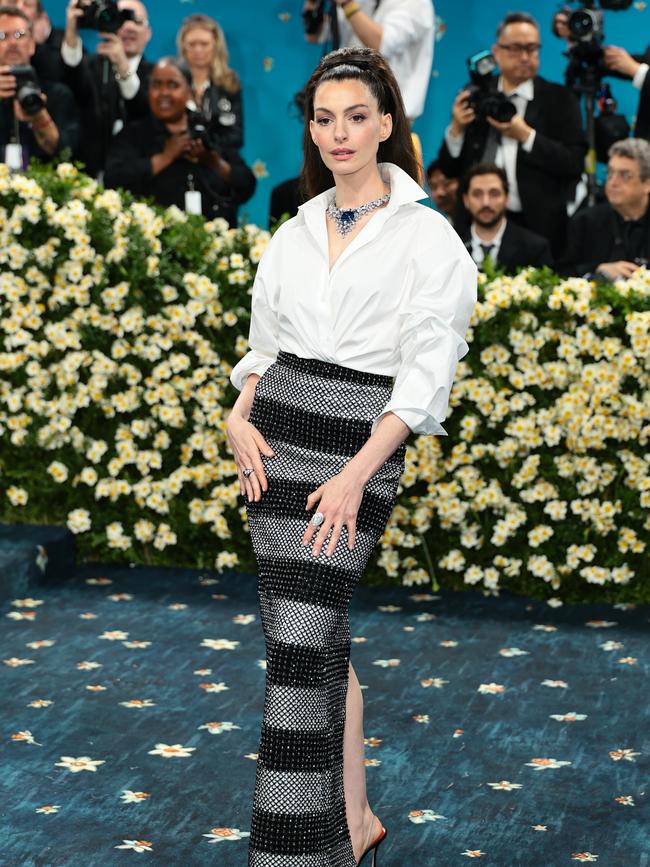
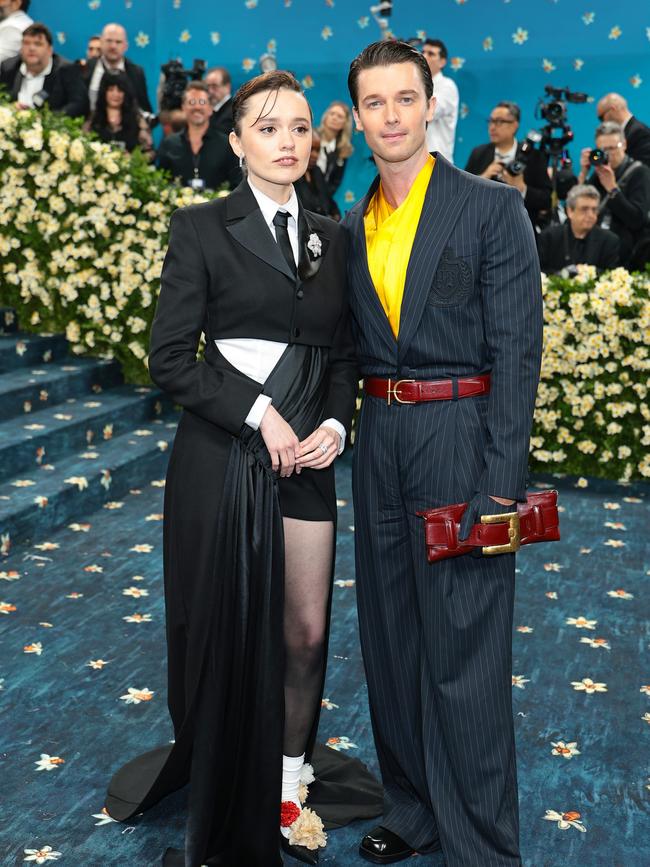
Many attendees opted for sharp and sumptuous tailoring, a respectful way to keep to the theme. Many nodded to the zoot suit silhouette popularised in the 1930s and ’40s with long jacket and sharp shoulders, and ornate waist coats of the 17th and 18th silhouettes.
The idea of dressing up – one’s Sunday best at least – was embraced with gusto. The best tailoring was thought-out and with resonance behind it. Such as Zendaya’s nod to disco queen Bianca Jagger – and the joyfulness and freedom of dancing – as well as Diana Ross in the film Mahogany – in custom white Louis Vuitton.
Hamilton also took the assignment seriously, opting for a custom look from British designer Grace Wales Bonner, whose work explores Black and diasporic identities, replete with matching beret. Hamilton’s glittering brooch fit with a key trend on the night for embellishments on lapels – Sarah Snook, for example, wore some seven on her black tuxedo. Tailoring with flair was worn by Lupita Nyong-o, in custom ice blue Chanel with an added cape and top hat, and singer Doechii who embraced logo-mania – another take on performative dandyism – with custom Louis Vuitton.
New York designer Thom Browne – known for subverting tropes of tailoring such as waistcoats and shorts- was popular on the night, worn by everyone from Walton Goggins to Lorde and Whoopi Goldberg.
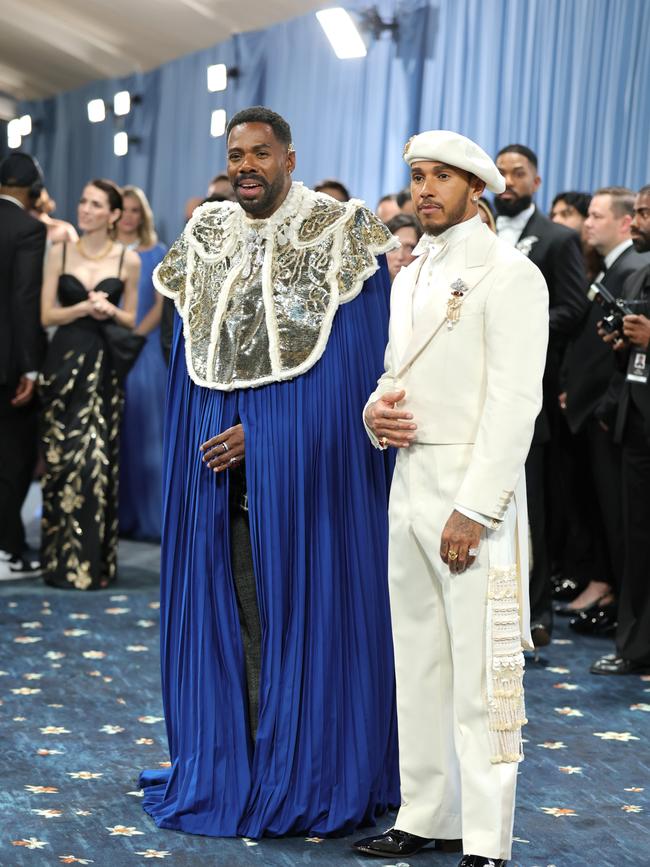
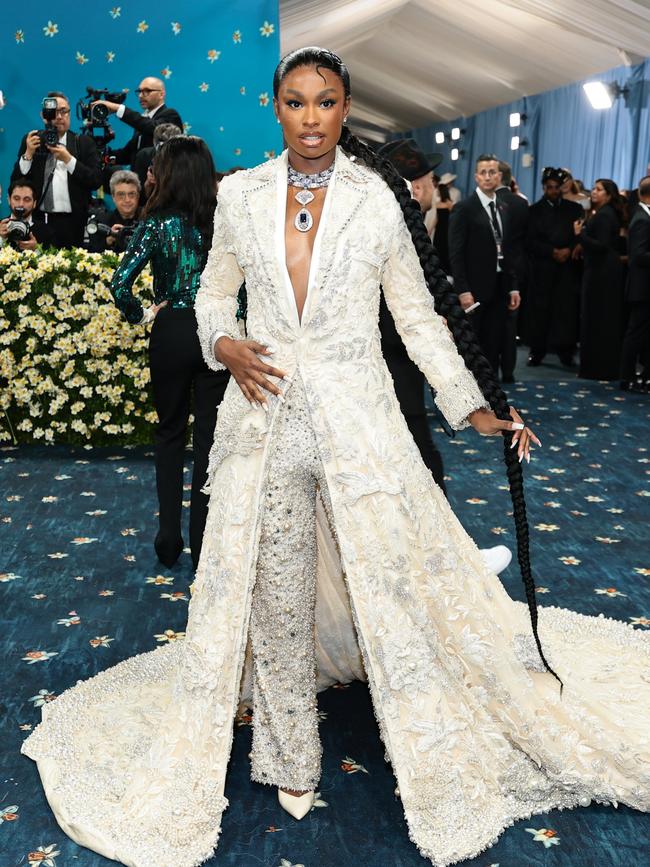
Louis Vuitton, a sponsor of the night, also was worn by several attendees. It’s a poignant and powerful moment for the luxury fashion house, with Williams taking over as creative director following the death of Virgil Abloh – the first black designer to head a luxury fashion house. Wintour paid tribute to Abloh with a custom Louis Vuitton piece based on an Abloh design. Many guests chose to wear pieces by black American designers, including Christopher John Rogers and Sergio Hudson.
Dandyish accoutrements including floppy bows, cravats, shiny shoes, top hats and – delightfully- embellished umbrellas were on full display, too. Waistcoats – cropped and full-length – were a key piece too and sometimes took the place of trousers. Singer Sabrina Carpenter, Blackpink member and The White Lotus actor Lisa, and Williams’s wife Helen Lasichanh also opted for pantsless-ness in custom Louis Vuitton.
The considered flamboyance of dandyism can mean many things – and as Monica Miller pointed out ahead of the Met Gala, it also has a soundtrack. Think swishing sequins, deeply embellished and decorated pieces and lush and tactile fabrics such as brocade and velvet.
This was a look and mood embraced by many attendees from Dua Lipa in Chanel to singer Coco Jones in a deeply embellished and embroidered Manish Malhotra, Cynthia Erivo in Givenchy and Gigi Hadid in a golden custom Miu Miu look that paid tribute to 1940s fashion designer Zelda Wynn Vales and also was reminiscent of the groundbreaking dancer Josephine Baker.
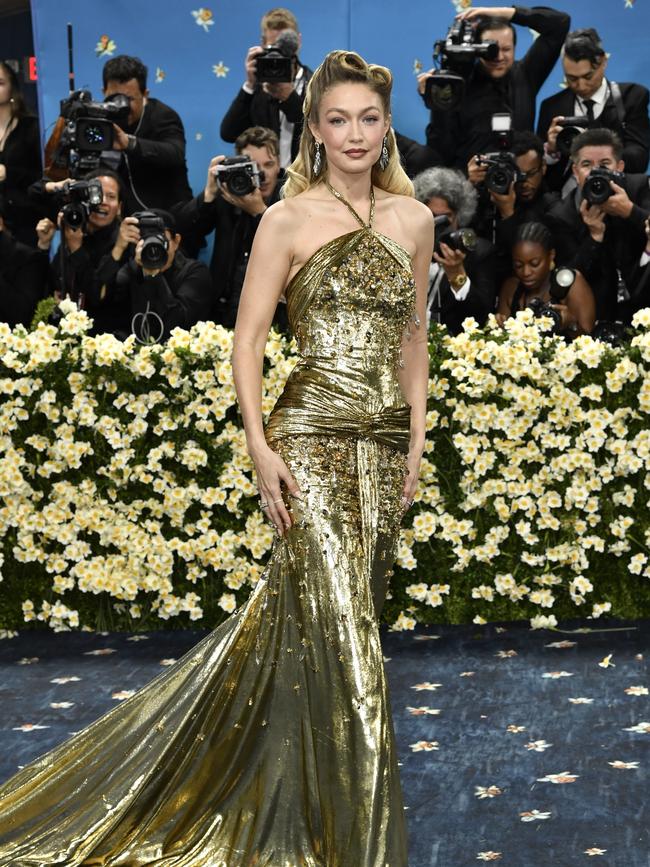
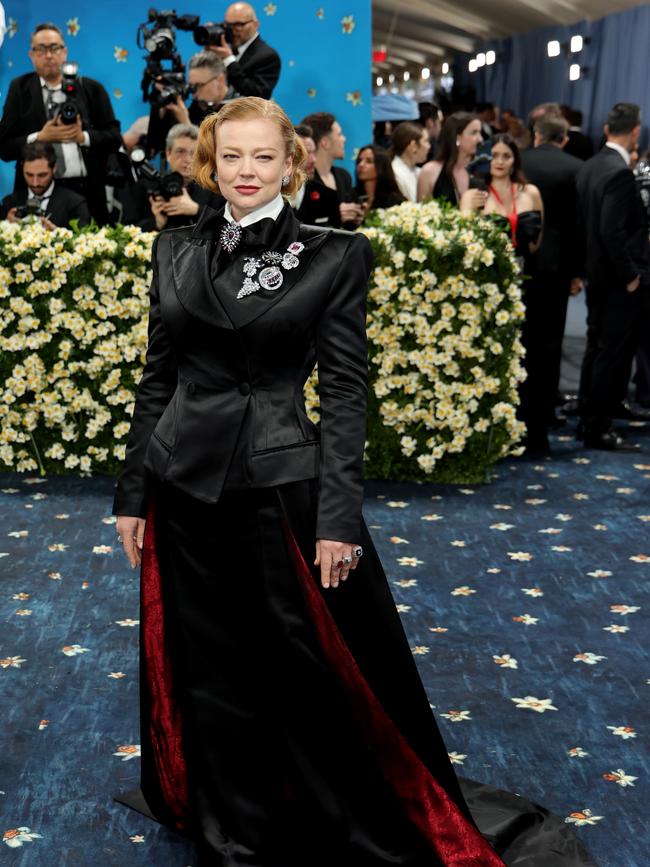
Opulence and what Miller calls in her book “stylin’ out” or dressing to the nines could be seen in the decadent looks of Diana Ross and Jodie Turner-Smith, who in custom magenta Burberry chose one of the few colours to compete with a mostly monochrome palette. Others to choose the shade included singer Chappell Roan and actor Tracee Ellis Ross in custom Marc Jacobs.
Ultimately the best of the fashion reflected the complexity of the exhibition’s theme, the times we’re living in and the possibility of the future.
As French philosopher Roland Barthes wrote in The Fashion System, “Every new Fashion is a refusal to inherit, a subversion against the oppression of the preceding Fashion; Fashion experiences itself as a right, the natural right of the present over the past.”




To join the conversation, please log in. Don't have an account? Register
Join the conversation, you are commenting as Logout